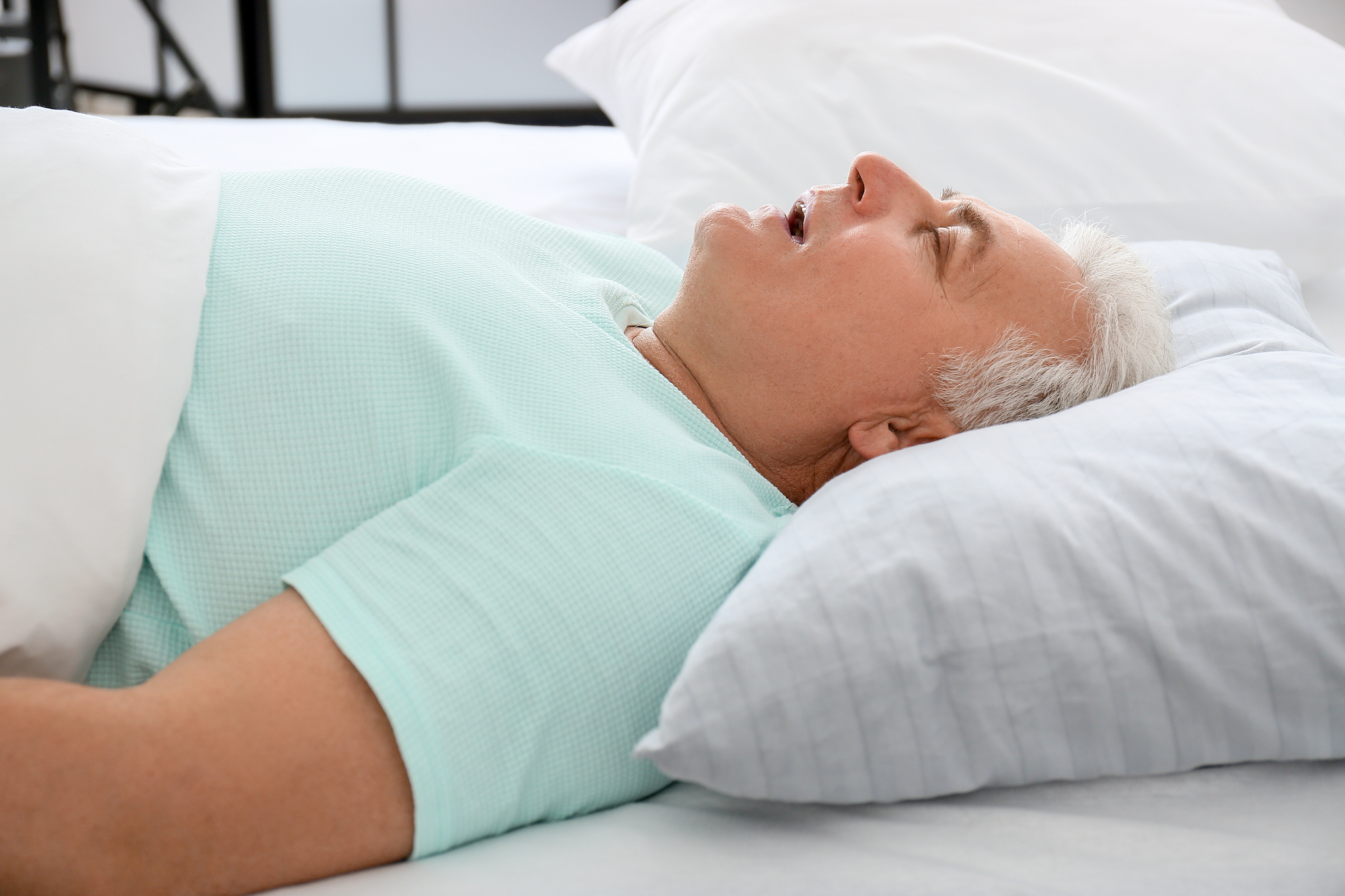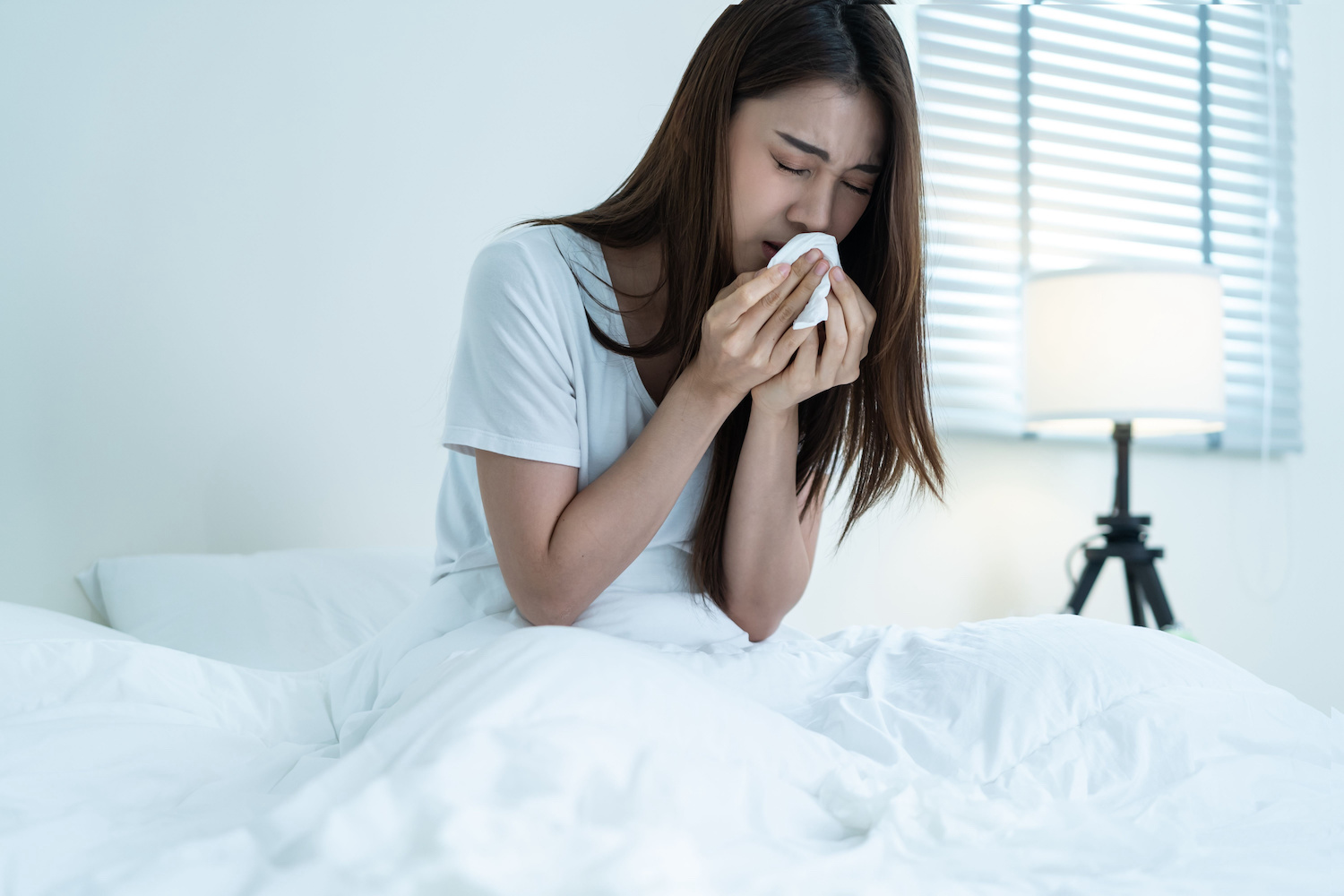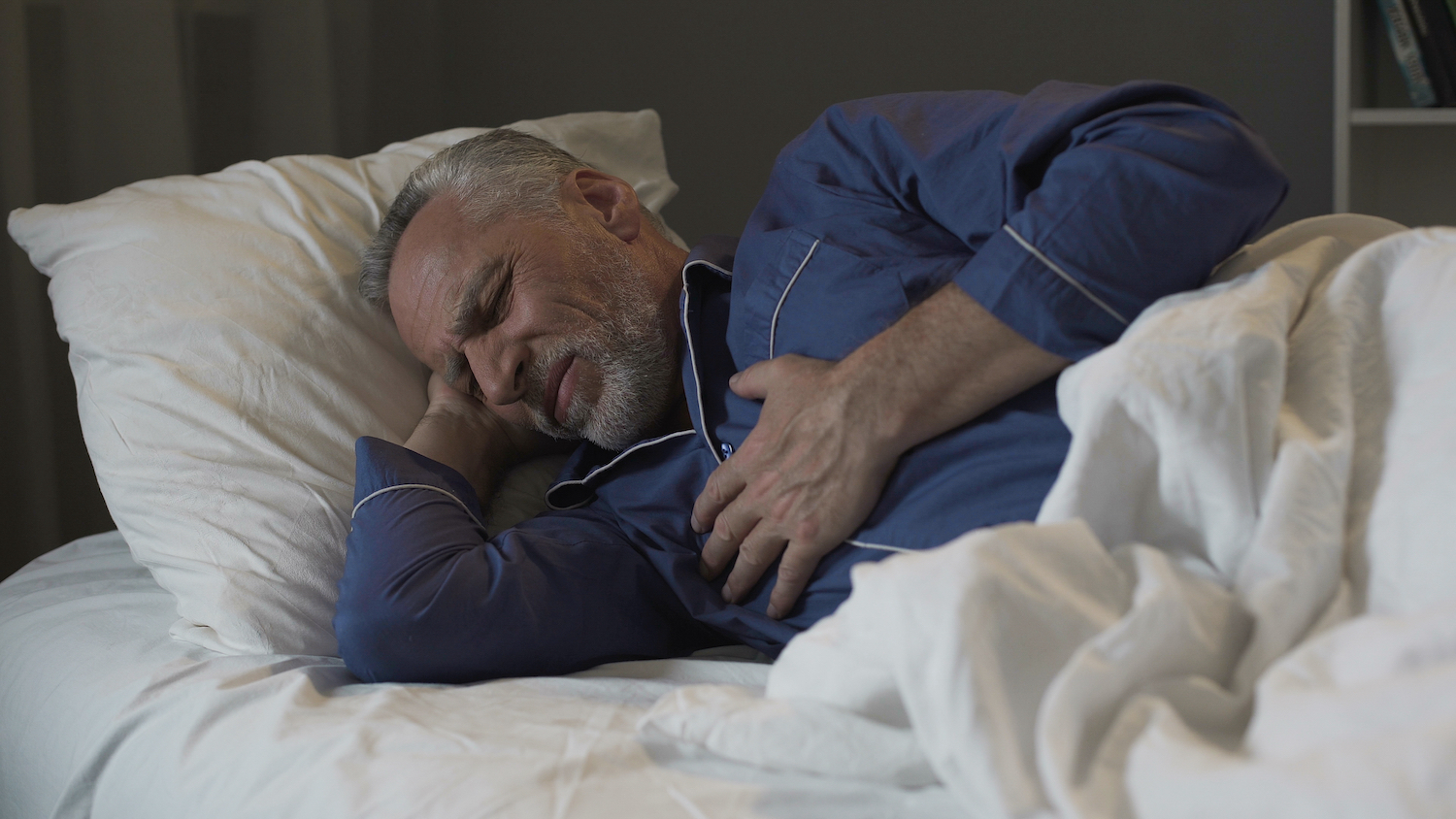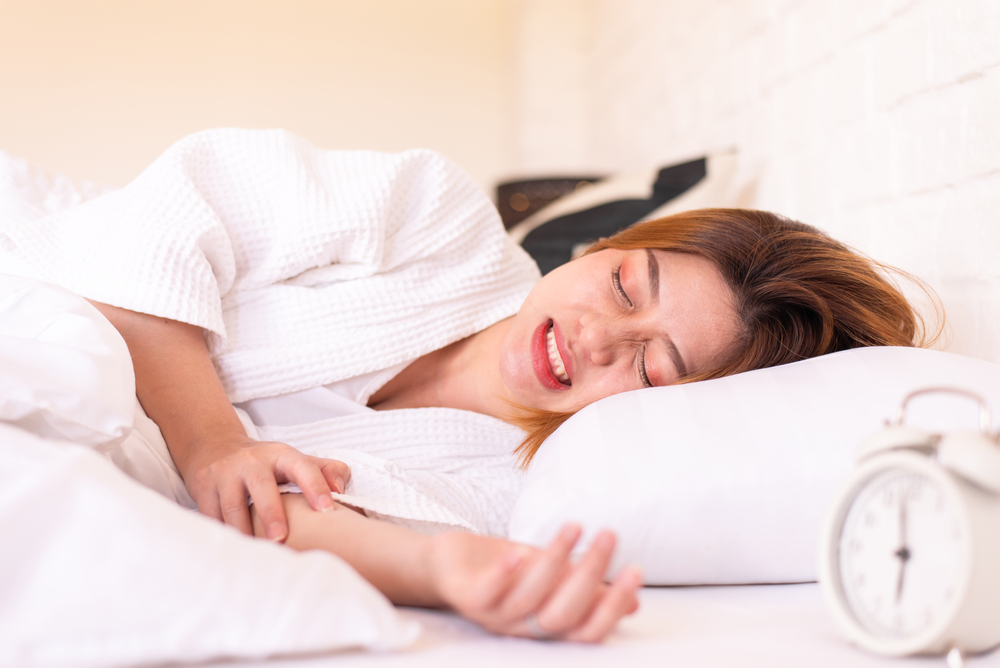If you snore and share a bed, you may feel embarrassed knowing your partner hears the sounds you make while asleep. But rest assured, you're not alone. Almost everyone snores sometimes, and approximately one-third of middle-aged adults have been found to snore regularly.
Snoring can result in more than embarrassment. Research shows that the sound of snoring may negatively affect a bed partner. Snoring strips are one option for reducing snoring and making your bedroom a peaceful place again.
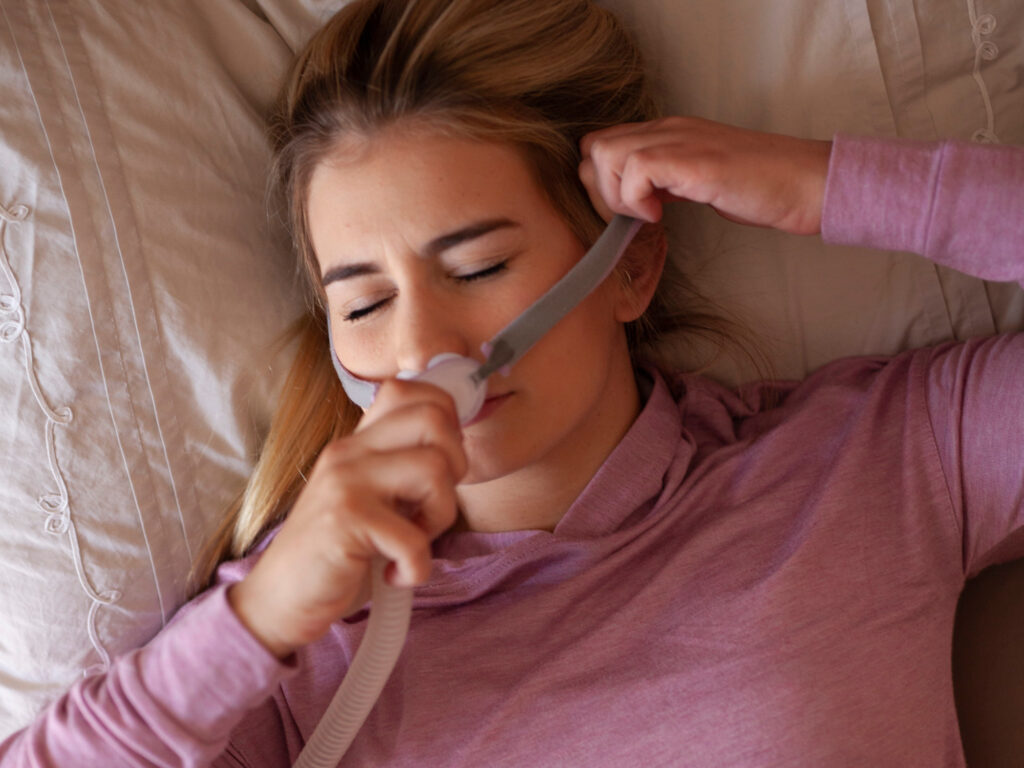
What Is a CPAP Mask Leak?
CPAP mask leaks occur when pressurized air escapes from your mask rather than being directed into your airway. Another type of CPAP leak occurs when you breathe through or open your mouth while wearing a nasal or nasal pillow mask, since this also allows air to escape and lowers the air pressure in the same way as a mask leak.
CPAP masks are designed to vent exhaled air, which is an intentional leak. Unintentional leaks, on the other hand, can significantly impact the effectiveness of your CPAP therapy.
Unintentional CPAP mask leaks are the most common cause of CPAP side effects, which are the reason why up to a quarter of people with OSA stop using their CPAP machine. CPAP mask leaks also lower the air pressure level you receive, which can cause apnea events even when the machine is in use.
Why Does My CPAP Mask Leak?
CPAP mask leaks are often caused by your equipment, though leaks are also associated with factors like how you sleep, your air pressure prescription, and more.
- CPAP mask fit: Your CPAP mask should fit securely but not too tightly, with a cushion that adapts to the contours of your facial features and leaves no gaps. If your mask doesn't match your facial shape, or if it's too tight or too loose, you may experience air leaks.
- Damaged or dirty CPAP mask: CPAP masks do not last indefinitely, and worn or damaged components can cause your mask to leak. Masks that are not cleaned properly are also more likely to leak, particularly if debris, lotion, or skin oil accumulates on the cushion.
- Mouth-breathing: Breathing through or opening your mouth while using a nasal or nasal pillow CPAP mask can cause air to leak from your mouth. While this can happen to anyone, it is of particular concern for people who have difficulty breathing through their nose due to obstruction or congestion.
- Facial hair: Beards and mustaches can make it difficult to get a good seal when wearing a full face or nasal CPAP mask.
- Mask type: Each of the CPAP mask types have different pros and cons when it comes to leaks. While full face masks are recommended for people who breathe through their mouth while asleep, they may also be more prone to leaks than nasal or nasal pillow masks.
- Sleeping position: Research has shown that sleeping on your side or stomach is associated with mask leaks, possibly because pressure on the side of the CPAP mask can affect how well it seals.
- Air pressure level: High air pressure levels may increase the likelihood of CPAP mask leaks.
- Personal characteristics: Aging, male sex, a higher body mass index (BMI) score, abdominal weight distribution, and conditions like chronic obstructive pulmonary disease (COPD) are all associated with a higher risk of CPAP mask leaks.
Is My CPAP Mask Leaking?
Some CPAP mask leaks are easy to notice, while others are more subtle. When troubleshooting CPAP mask leaks, it’s important to remember that masks are designed to vent exhaled air. Feeling air flow around these vents — which can be located using your mask’s user manual — does not mean that your mask is leaking.
Newer CPAP machines sometimes have leak detection features, as well as the ability to compensate for minor leaks. However, you may also notice leaks that go undetected by your machine.
If air is leaking out from your mask’s cushion or pillows, you might be able to feel a stream of air or hear a high-pitched noise. If you want to find where the mask is leaking, you can use a small piece of tissue paper, or your own finger dipped in water, to detect the air flow changes caused by smaller leaks.
Since leaks can significantly limit the effectiveness of your CPAP therapy, recurring sleep apnea symptoms when using your machine can indicate that your mask is leaking. Leaks can also cause side effects such as dry or irritated eyes and nasal congestion.
How to Fix CPAP Mask Leaks
To fix your CPAP mask leak, you need to identify and address the underlying cause. If you’re unsure of the cause or think it’s something beyond your control, your doctor or sleep specialist can help guide you to the right solution.
Ensure Your Mask Fits and Is in Good Condition
Your mask should be secure but not tight, with a cushion that fits your facial features. The user guide for your mask likely provides instructions on adjusting your mask, but you may want to speak to your doctor for advice if you’re not sure whether your mask fits properly.
If you’ve delayed replacing your mask components, a leak might also indicate that it’s time to replace the headgear, cushion, or frame.
Switch Masks
If your mask doesn’t work well with your facial features or facial hair, or if you think your mask style might be causing leaks, you might want to consider choosing a new CPAP mask. Fit packs, which come with more than one cushion size, can help simplify the process of finding a mask that fits your face and your needs.
Address Nasal Congestion and Mouth Breathing
Some people find that using a CPAP humidifier is enough to relieve their nasal congestion, while others may need further treatment, so speak to your doctor about what approach is right for you.
If you do not have nasal congestion but still experience air leakage through your mouth, you might want to consider using a chinstrap. Although chinstraps do not work for everyone, they are an easy and effective solution to mouth breathing for many people.
Use CPAP Accessories
Accessories can help reduce mask leaks by targeting the underlying problem. CPAP mask liners can change the way your mask fits, for example, while CPAP pillows have cut-outs and curves that leave space for your mask when you’re sleeping on your side.
How to Prevent CPAP Mask Leaks
You can take steps to prevent CPAP mask leaks before they occur. In addition to preventing mask leaks, making these steps part of your routine will keep your equipment clean and may extend the lifespan of your mask components.
- Prepare your skin: Both natural skin oils and skin care products like lotions or serums can interfere with your CPAP mask’s seal and may cause the components to break down faster. Washing your face nightly and allowing moisturizers to fully absorb before wearing your mask can help prevent these issues.
- Follow a mask replacement schedule: CPAP mask components should be replaced as they become worn or damaged. If you receive CPAP coverage from your insurance provider, you may need to follow their suggested replacement schedule.
- Keep your equipment clean: Cleaning your CPAP mask keeps it hygienic and prevents the components from breaking down and causing leaks. Cleaning schedules may vary between masks, but most manufacturers recommend cleaning the cushion after each use and the headgear and frame once a week.
Still have questions?
Sleep apnea products can be confusing. If you need individualized assistance, post your question to the Sleep Doctor forum.

